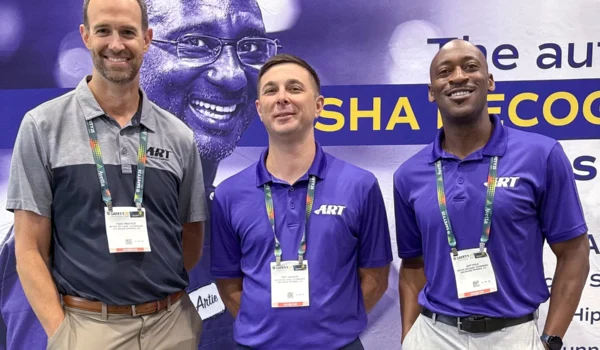Active Release Techniques® (ART®) and Rolfing Structural Integration (Rolfing) are treatments that are used to correct pain caused by muscle overuse, aging, and sports-related injuries. Both share similar conditions they can treat, but the treatment methods themselves are quite different.
What is ART?
ART treatment is a non-invasive system that treats soft-tissue and nerve dysfunction at the source. This hands-on treatment uses a combination of provider touch, depth, and tension with patient movement to pinpoint and treat the origin of the affected area.
What causes soft-tissue damage?
Soft-tissue damage to muscles, ligaments, and tendons can be caused by everyday movements, sports injuries, blunt forces, and overused muscles. Common signs of soft-tissue damage include:
- Sprains
- Bruises
- Tendonitis
- Bursitis
- Stress injuries
- Strains
What is Rolfing?
Rolfing, named after the creator, Dr. Ida Rolf, works to realign connective tissue called fascia.
This manipulation method was designed to bring balance to the whole body because Rolfing is based on the idea of the body working at its best when everything is in alignment. It is proven to significantly improve posture and release built-up tension throughout the body.
Dr. Rolf claimed when the body’s unaligned, it will affect energy levels due to the body working against gravity.
Practitioners work to feel for imbalances in the tissue structures and determine areas of concern. During each of the 10 sessions, the problem areas are massaged to break up adhesions. At the end of a session, tissues are stretched to realign the body with gravity.
What are the benefits?
ART treatment
Anyone with soft tissue can benefit from ART treatment. When muscles, ligaments, tendons, and nerves are overused or do not function properly, ART treatment should be considered. ART treatment does not require a prescription or referral from a physician.
After treatment, patients can expect to feel increased muscle mobility and less pain through:
- Decreased stiffness
- Improved range of motion
- Relieved joint pain
- Decreased inflammation
Rolfing
Rolfing can improve physical and mental aspects of the body like:
- Releasing tension within connective tissues
- Healing chronic pain
- Improving posture
- Reducing stress
- Increasing energy
- Strengthen neurological function
- Promoting emotional harmony
How are they different?
While both restore flexibility and improve joint health through soft-tissue manipulation, ART treatment uses a combination of provider palpation, pressure, tension, and patient movement while Rolfing only uses pressure.
ART treatment focuses on physical pain and soft-tissue limitations, while Rolfing works to relieve physical pain and psychological tension.
ART treatment and Rolfing
ART treatment and Rolfing both manipulate soft tissue with non-invasive methods to relieve patients of discomfort, pain, and limited range of motion from injuries caused by everyday repetitive motions to medical conditions.
Both treatment methods can unravel different problem areas through the palpating process of locating the source of pain in a patient.




